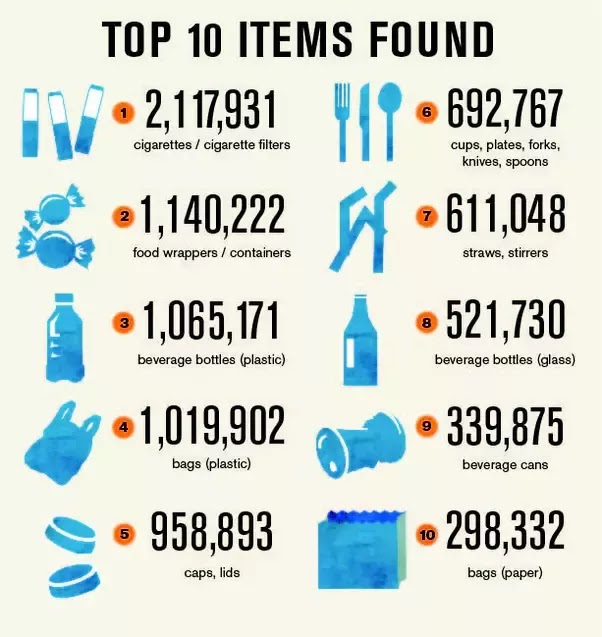*These materials are permission only. Your plan should include the use of these materials and artist must demonstrate the responsible use and care for these paints.
Glitter Paint
Glitter paint is a great accent paint. It adds sparkle and shimmer to your work. Perfect for highlights and emphasis.
Check out this painting by 5th grade artist Amelia. She used traditional tempera paint first and then added glitter paint as the final layer. *Mixing glitter paint into tempera will cover the sparkle :(
Kwik Stiks
If you like to draw and paint, give Kwik Stix a try. Kwik Stix are soft paint sticks that dry quickly, 90 seconds!
This is a great paint tool with the quality of drawing but covers like paint. Think of it like using detail markers or a detail brush. You are making marks and lines.
Try starting out with a sharpie drawing and filling in with color.
Kwik Stix give you control of the paint.
Try using the Kwik Stix to add texture and interest in your art. What did this artist use to create the water in this seascape?
If you are looking to paint a large area like a sky, ocean or field of grass, use liquid tempera in the egg cartons or watercolor paint and wide brush, not Kwik Stix.
Another artwork outlined with sharpie and 'painted' with Kwik Stix. Use paint and a brush or construction paper for a solid background.
Gloss Paint
Thick, Shiny, opaque and perfect for covering sculptures. Gloss paint may be used on 3D projects as well as detail work on a painting. Not recommended for large areas such as a field or sky.
Liquid Water Colors
Bright, Bold Colors.
*try drawing with oil pastel and then painting on top for watercolor resist.
Use Liquid Watercolor to make a bright background. When dry take this paper to the Drawing or Collage Studio--lots of possibilities. or experiment with tempera paint on this fun paper.
Take care of these paints by rinsing your brush every time you change a color. This keeps the colors bright.
Try a sprinkle of salt (*a little pinch of salt is all you need and too much doesn't create this speckled look)Image source:
*https://elementaryartfun.blogspot.com/2015/04/april-showers-and-jellyfish-watercolor.html
*http://elementaryartfun.blogspot.com/2009/11/watercolor-insects.html
https://www.adventure-in-a-box.com/painting-space-watercolours-kids/
https://artfulparent.com/kids-handmade-gift-idea/
*https://www.kindergartenkiosk.com/kindergartenkiosk/3/7/amazing-paint-sticks-great-for-young-children
*http://www.astablebeginning.com/2017/05/mess-free-creativity-with-new-thin-stix.html
*https://www.byebyebrickandmortar.com/box-art-thin-stix/
*https://www.deepspacesparkle.com/all-about-liquid-watercolor-paints/
*https://kinderart.com/art-lessons/painting/rowhousesdrawingandpainting/




































